How does Israel's Iron Dome air defence system work?
Israeli targets struck by Iranian missiles as its government fast-tracks new Iron Beam laser technology
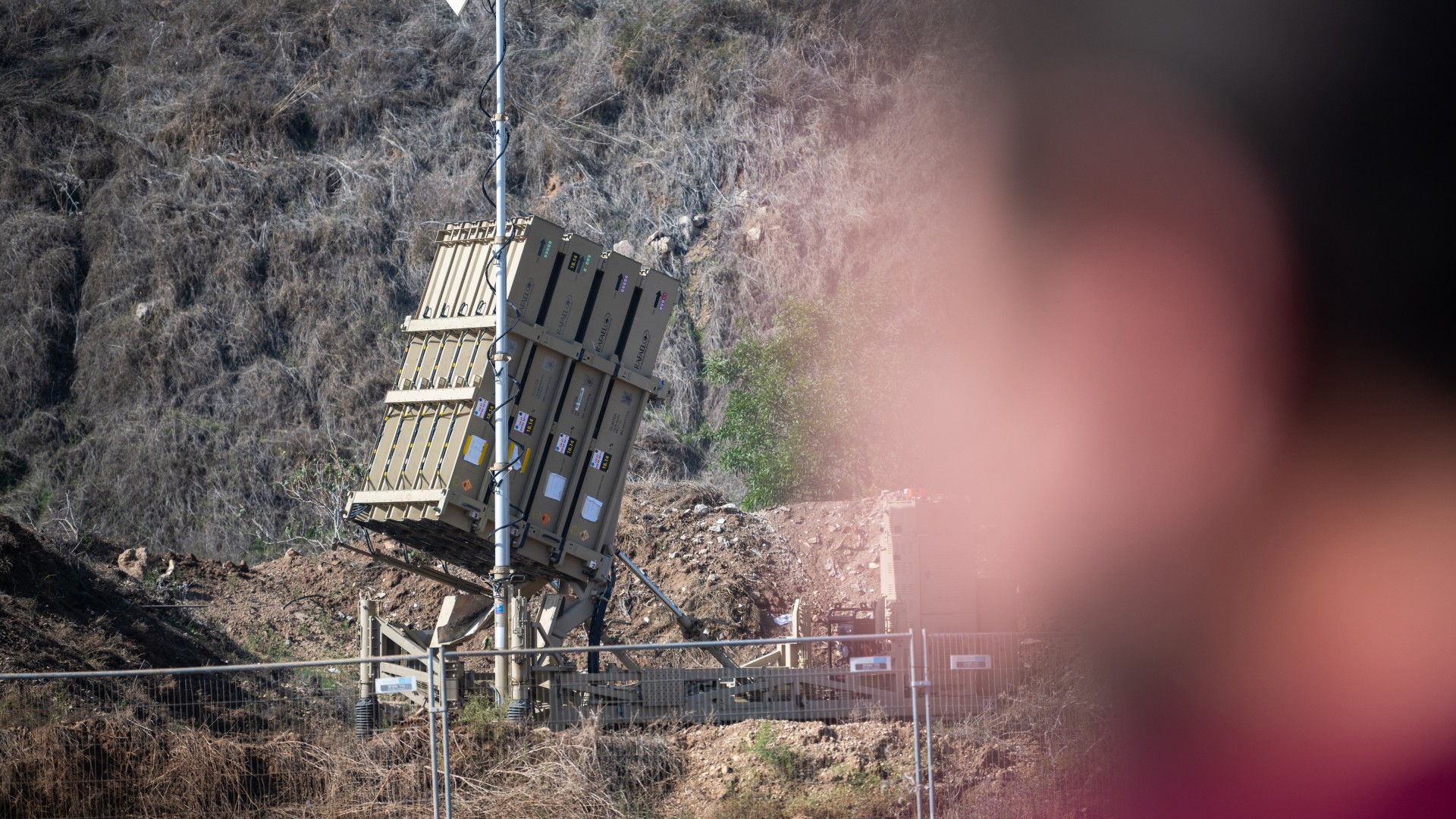
Israel's famed Iron Dome air defence system has been described as "the envy of other militaries" but the technology is facing its greatest challenge yet, as Iran continues to launch mass missile attacks in response to Israel's targeting of its nuclear and military facilities.
Tehran is believed to have fired more than 200 ballistic missiles since Friday and, unlike previous salvoes, "many have penetrated Israel's renowned air defences," forcing the Israeli military to warn that the system was "not hermetic", said The Telegraph.
What is the Iron Dome and how does it work?
Israel possesses arguably "one of the most effective, battle-tested air defence systems in service today", said ballistic missile defence expert James Dwyer on The Conversation.
The Week
Escape your echo chamber. Get the facts behind the news, plus analysis from multiple perspectives.

Sign up for The Week's Free Newsletters
From our morning news briefing to a weekly Good News Newsletter, get the best of The Week delivered directly to your inbox.
From our morning news briefing to a weekly Good News Newsletter, get the best of The Week delivered directly to your inbox.
The name Iron Dome suggests a single defensive shield but, in fact, it's just one part of Israel's mulit-layered aerial defence – with each layer designed to address different threats coming from different ranges.
The layers include "David's Sling", also known as Magic Wand, which can intercept medium-range missiles, drones and cruise missiles, and the Arrow system – which operates at exceptionally high altitudes – targets long-range missiles. The Iron Dome itself is the third layer, and is a system of interceptor batteries that shoots short-range rockets, artillery shells and mortars out of the sky: a radar tracks the missile as it is fired at Israel; advanced software predicts the rocket's trajectory, and then that information is used to guide Tamir interceptor missiles, which are fired from the ground to destroy the missile.
The system was built by the Israeli state-owned company Rafael Advanced Defense Systems in response to the war with Lebanon's Hezbollah in 2006, when 4,000 rockets rained down on northern Israel, killing 44 people. The Iron Dome was first used in March 2011 and made its first successful intervention the following month, when it intercepted a Grad rocket fired from Gaza.
Consisting of a series of 10 truck-towed mobile units placed strategically throughout the country, the system, known as Kippat Barzel in Hebrew, reacts within a matter of seconds and is manned 24 hours a day. A single battery can protect a medium-sized city and intercept rockets fired from a maximum of 43 miles away.
A free daily email with the biggest news stories of the day – and the best features from TheWeek.com
Running the world's most advanced anti-missile defence shield does not come cheap, however. The cost of a single Iron Dome interceptor missile can be as high as $50,000 (£36,000), according to the Center for Strategic and International Studies.
Funding was originally met by Israel, "but because of the high cost of the system, the country has had to rely on its long-time ally, the United States", said Euronews. According to the US State Department, Washington has provided Israel with billions in funding for missile defence since 2009, but given the strain put on the Iron Dome system since Hamas launched its 7 October attack in 2023, this is still not enough, prompting the US to step in and supply additional ballistic support directly – as well as US crews to operate antimissile batteries.
How effective is it?
Since coming into operation more than a decade ago, the Iron Dome has garnered praise for being "Israel's life insurance", reported DW. Israeli authorities claim it has a success rate of more than 90%, "although some defense analysts question those numbers", said The Washington Post.
Iron Dome quickly became the "envy of other militaries", said Sky News. It is "not perfect", however, and "has a saturation point at which it would become overwhelmed, but this exact level is unknown".
Since 7 October 2023, the FT said Israel's triple-layered air defences have shot down the "vast bulk" of incoming drones and missiles fired by Iran and its proxies such as Hamas in Gaza, Hezbollah in Lebanon, Houthi rebels in Yemen and Iraqi militias.
In April last year, in what one official described as "the most complex air defence events recorded", Israel claimed to have successfully shot down 99% of the 330-plus drones, cruise and ballistic missiles fired from Iran.
But it had less success fending off a second Iranian barrage of over 180 ballistic missiles fired in October. Almost three dozen missiles hit Israel's Nevatim air base, according to open-source intelligence analysts, while one missile exploded 700 metres away from the headquarters of Mossad, Israel's intelligence service.
And since the latest outbreak of hostilities with Tehran, "just short of 10% of the hundreds of missiles fired by Iran have evaded Israel's complex web of air-defences", said The Telegraph.
While Israel's military has refused to comment on the exact number of missiles that have got through, the latest Iranian air strikes "demonstrate the difficulty even one of the world's best air defence systems has when it comes to ballistic missiles" that can fly at hypersonic speeds.
David's Sling is one of very "few surface-to-air batteries" known to be "capable of intercepting them" but "with barrages of dozens of missiles at a time, even this system has difficulty keeping up".
What is the solution?
Israel has been pioneering technology to intercept incoming threats using laser technology. First announced in 2014, the "Iron Beam" system will be a "game changer" said The Independent. While a single Iron Dome interception costs around $50,000 (£36,000), and David's Sling and Arrow missiles running to more than $2 million (£1.5 million) apiece, Iron Beam interceptions would cost "a few dollars" each.
The high-energy laser beam system can destroy small missiles, drones and mortar shells, as well as neutralising drone swarms but with "theoretically unlimited ammunition supplies and lower operating costs", said DW.
Iron Beam's deployment had originally been set for this October but, in May, manufacturers Rafael Advanced Defense Systems confirmed in a post on X that "for the first time in history, high-power laser systems have been used to intercept aerial threats in combat".
-
 US citizens are carrying passports amid ICE fears
US citizens are carrying passports amid ICE fearsThe Explainer ‘You do what you have to do to avoid problems,’ one person told The Guardian
-
 All roads to Ukraine-Russia peace run through Donetsk
All roads to Ukraine-Russia peace run through DonetskIN THE SPOTLIGHT Volodymyr Zelenskyy is floating a major concession on one of the thorniest issues in the complex negotiations between Ukraine and Russia
-
 Why is Trump killing off clean energy?
Why is Trump killing off clean energy?Today's Big Question The president halts offshore wind farm construction
-
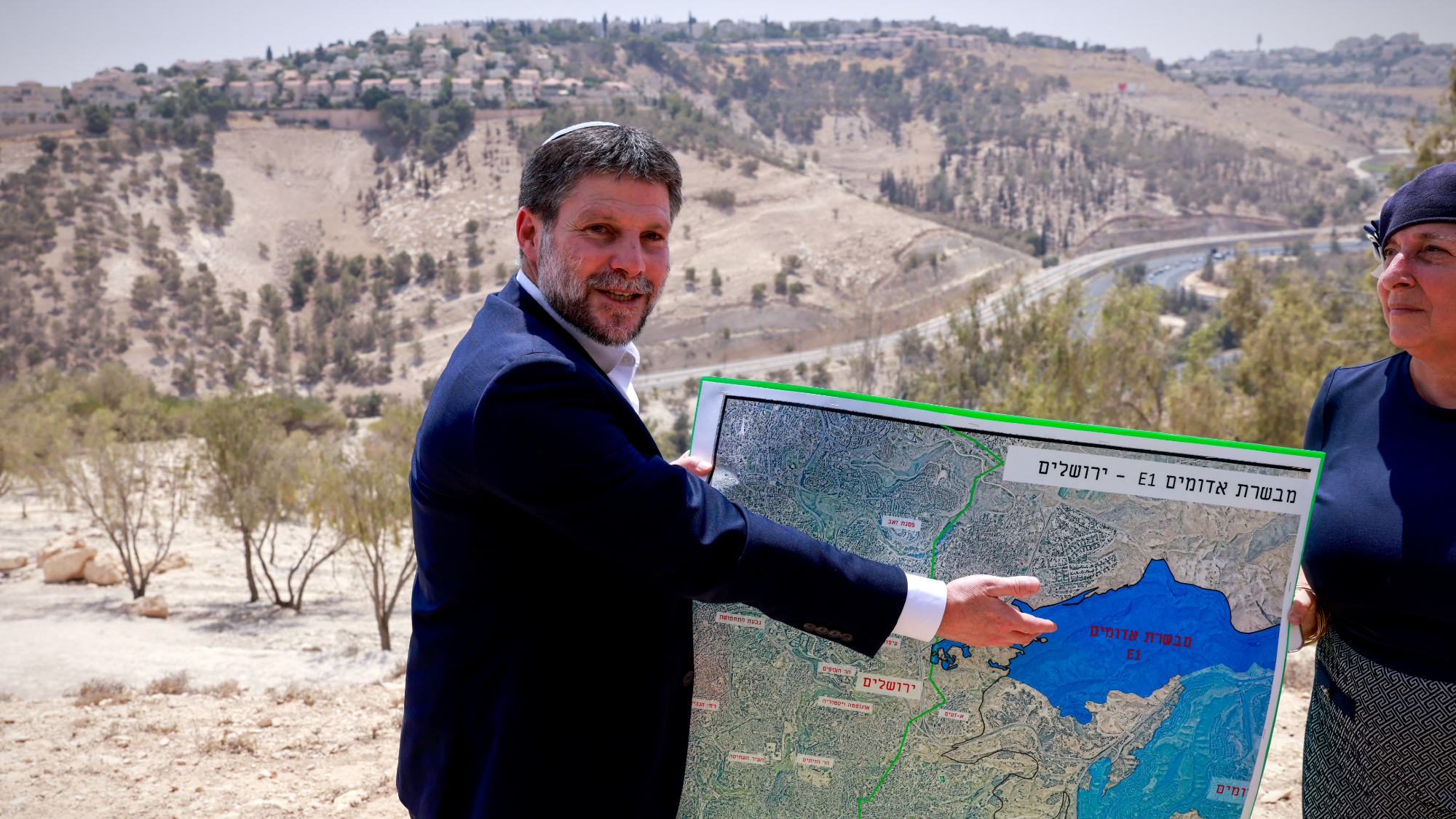 Israel approves new West Bank settlements
Israel approves new West Bank settlementsSpeed Read The ‘Israeli onslaught has all but vanquished a free Palestinian existence in the West Bank’
-
 UN Security Council backs Trump’s Gaza peace plan
UN Security Council backs Trump’s Gaza peace planSpeed Read The United Nations voted 13-0 to endorse President Donald Trump’s 20-point plan to withdraw Israeli troops from Gaza
-
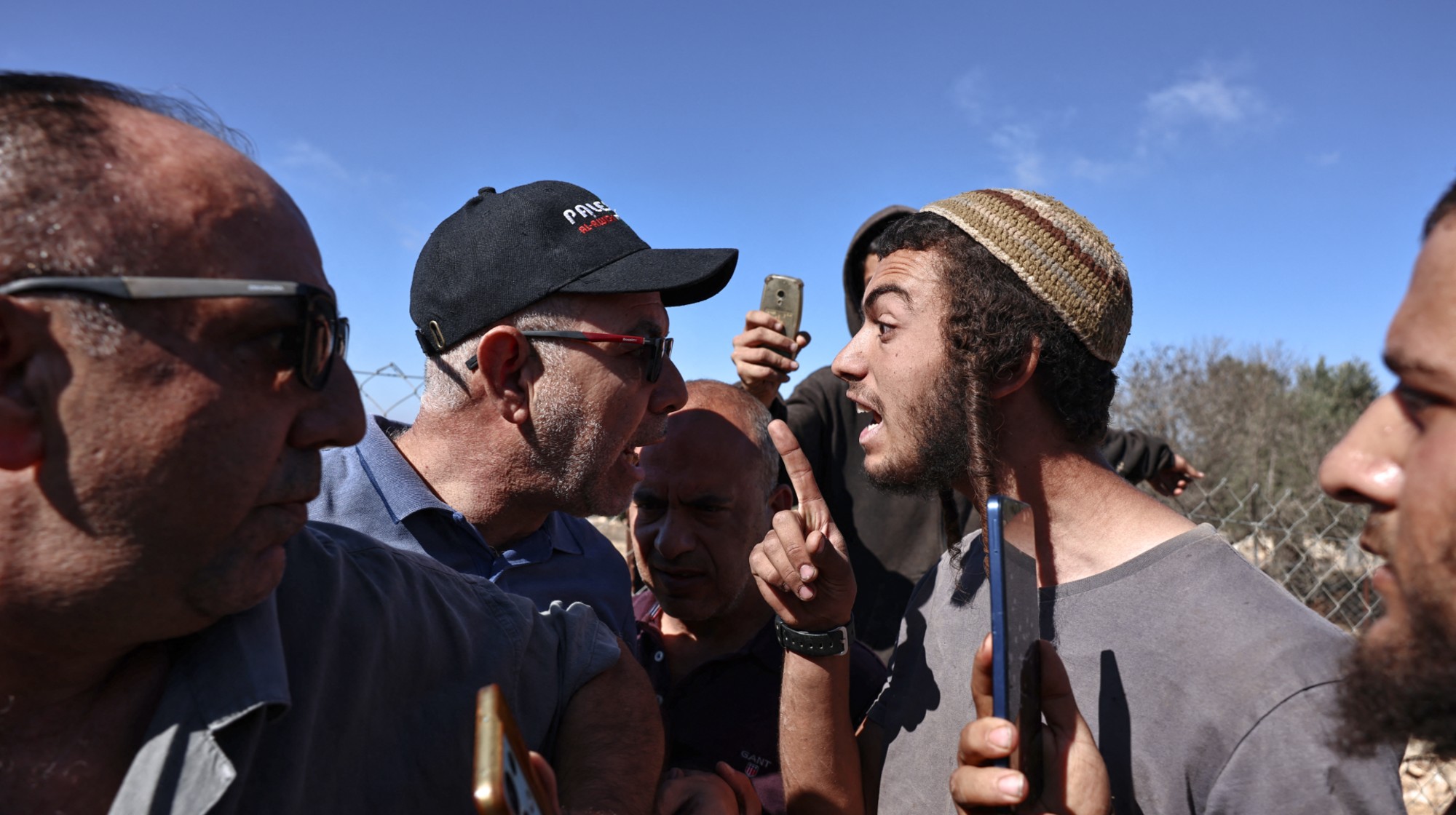 Israel jolted by ‘shocking’ settler violence
Israel jolted by ‘shocking’ settler violenceIN THE SPOTLIGHT A wave of brazen attacks on Palestinian communities in the West Bank has prompted a rare public outcry from Israeli officials
-
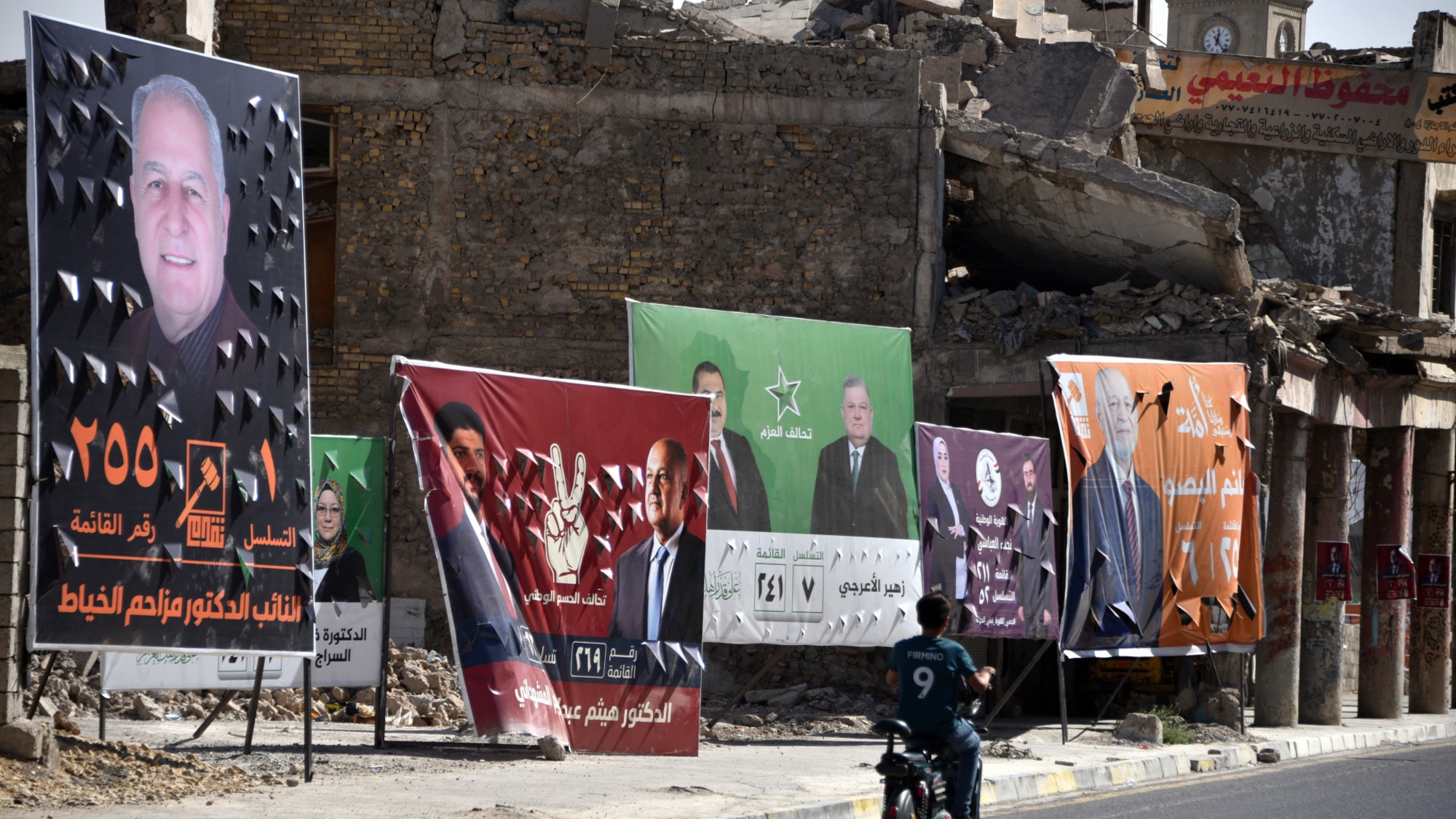 Why these Iraqi elections are so important
Why these Iraqi elections are so importantThe Explainer The US and Israel are increasingly pressuring Baghdad to tackle Iran-backed militants, while weakened Iran sees Iraq as a vital remaining ally
-
 Israel arrests ex-IDF legal chief over abuse video leak
Israel arrests ex-IDF legal chief over abuse video leakSpeed Read Maj. Gen. Yifat Tomer-Yerushalmi had resigned from her post last week
-
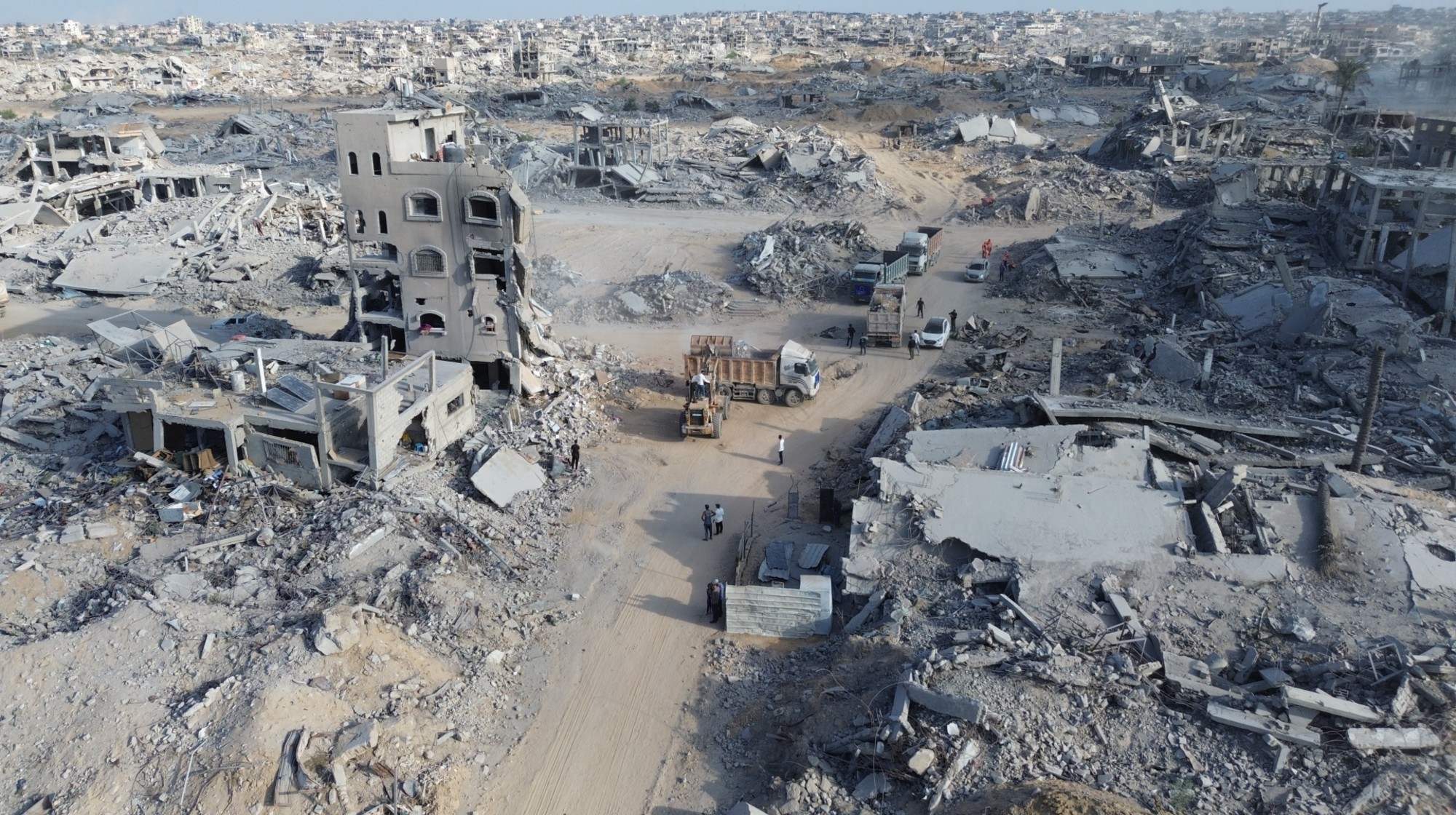 Gaza ceasefire teeters as Netanyahu orders strikes
Gaza ceasefire teeters as Netanyahu orders strikesSpeed Read Israel accused Hamas of firing on Israeli troops
-
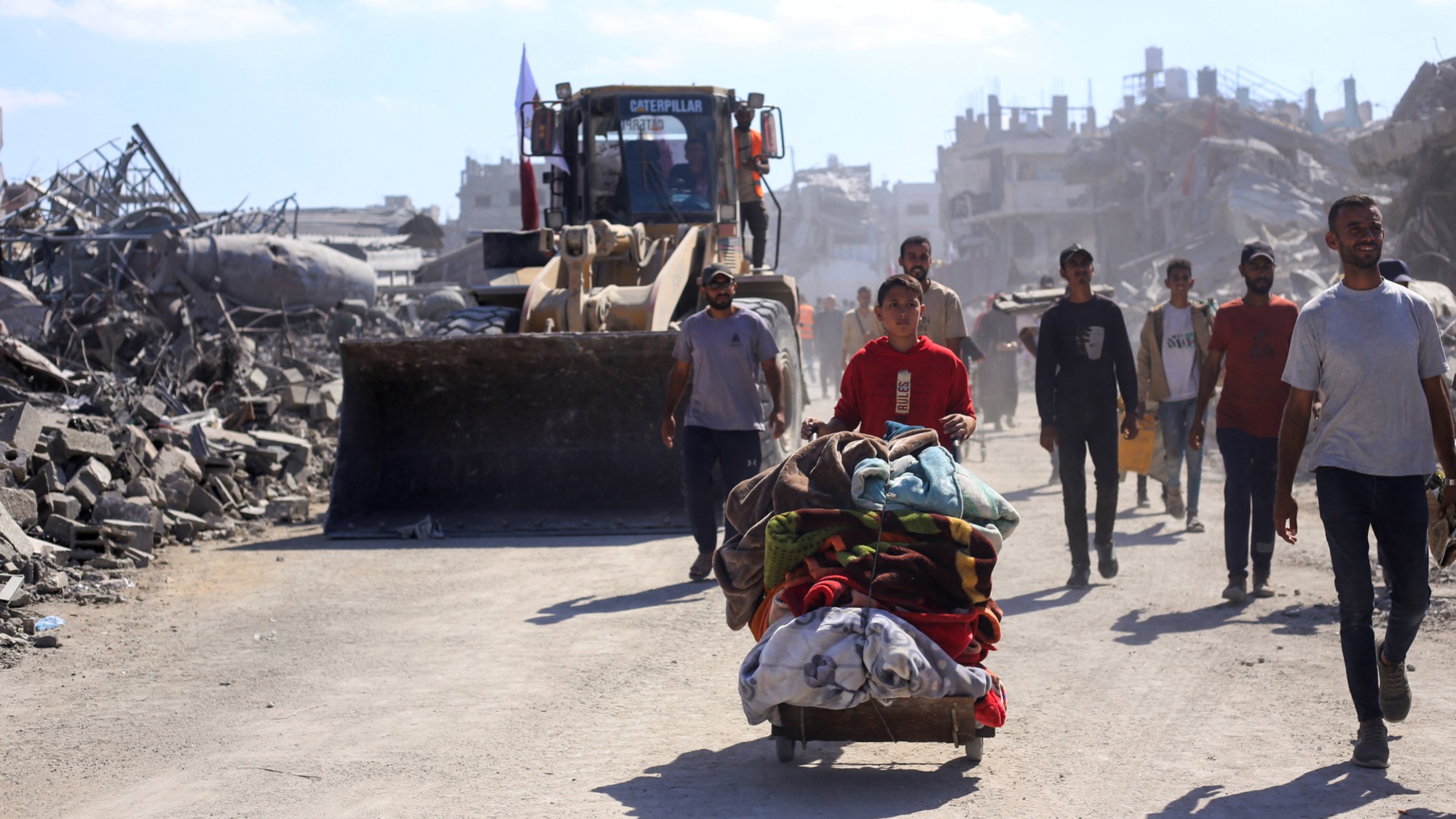 Gaza’s reconstruction: the steps to rebuilding
Gaza’s reconstruction: the steps to rebuildingIn The Spotlight Even the initial rubble clearing in Gaza is likely to be fraught with difficulty and very slow
-
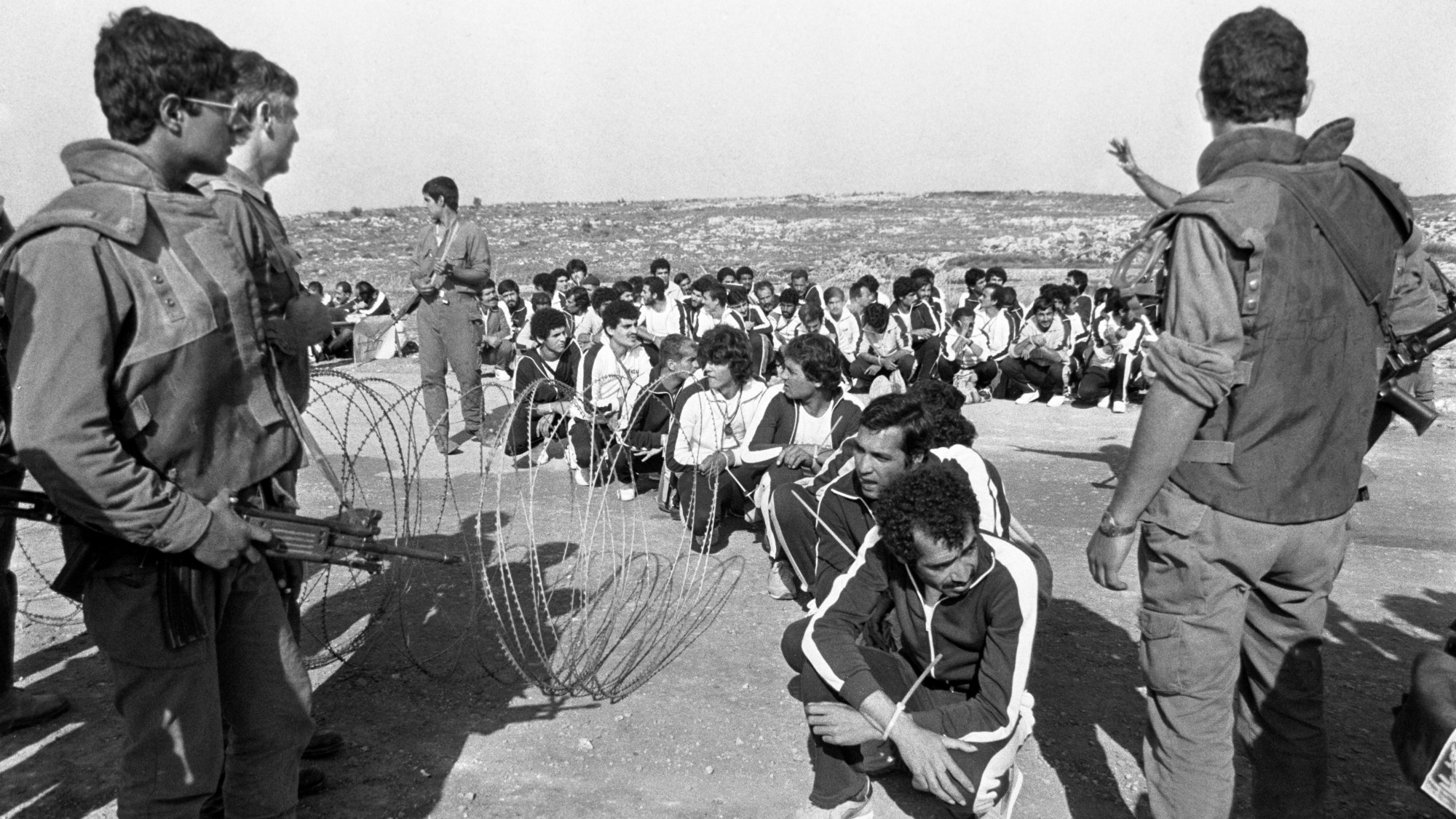 ‘Extraordinary asymmetry’: the history of Israeli prisoner swaps
‘Extraordinary asymmetry’: the history of Israeli prisoner swapsIn The Spotlight Exchange of Israeli hostages for Palestinian detainees is the latest in a series of trades in which Israeli lives appear to count for more